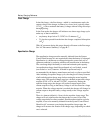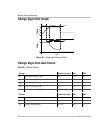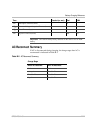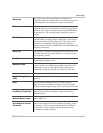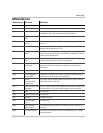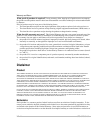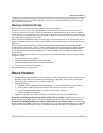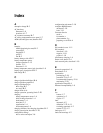
Terminology
C–4 975-0125-01-01
Parallel Wiring
A group of electrical devices, such as batteries or PV modules,
wired together to increase current, while voltage remains constant.
Two 100 amp-hour 12 VDC batteries wired in parallel form a 200
amp-hour 12 VDC battery bank.
Resistive Loads
Toasters, coffee pots, and incandescent lights are examples of
resistive loads. They use a resistive heater element to generate heat
or light.
Series Wiring
A group of electrical devices, such as batteries or PV modules,
wired together to increase voltage, while current remains constant.
Two 100 amp-hour 12 VDC batteries wired in series form a 100
amp hour 24 VDC battery bank.
Sine Wave
The standard waveform of electric utility AC power. A sine wave
is a rounded, smooth waveform alternating above and below zero
volts.
Surge Capacity
The amount of current an inverter can deliver for short periods of
time. Most electric motors draw up to six to ten times their rated
current when starting. An inverter will “surge” to meet these
motor-starting requirements. Most Xantrex inverters have surge
capacities at least twice their continuous ratings.
Transfer Switch, AC
A switch that selects between two sources of AC power and
isolates those sources from each other.
Volts
A unit of measure of electric potential. Voltage is often explained
using a liquid analogy, comparing water pressure to voltage. For
example, a high pressure hose would be similar to high voltage.
Watt(s)
A measure of true electrical power. Watts are calculated by
multiplying volts times amps for resistive loads. For non-resistive
loads, watts are calculated by multiplying volts times amps times
power factor. (P=I × V, where P=power, I=current, V=volts)
Watt Hour (W/h)
Electrical power measured over a period of time. One watt hour of
electricity is equivalent to one watt of power being consumed for
one hour. A 3-watt light operated for 2 hours would consume 6
Wh (watt hour) of electricity.
Volt-amps
(VA)
A measure of the “apparent” power equivalent to the true power
(watts) in resistive loads, but exceeding watts in non-resistive
loads. VA is calculated by multiplying volts times amps without
using power factor.



